









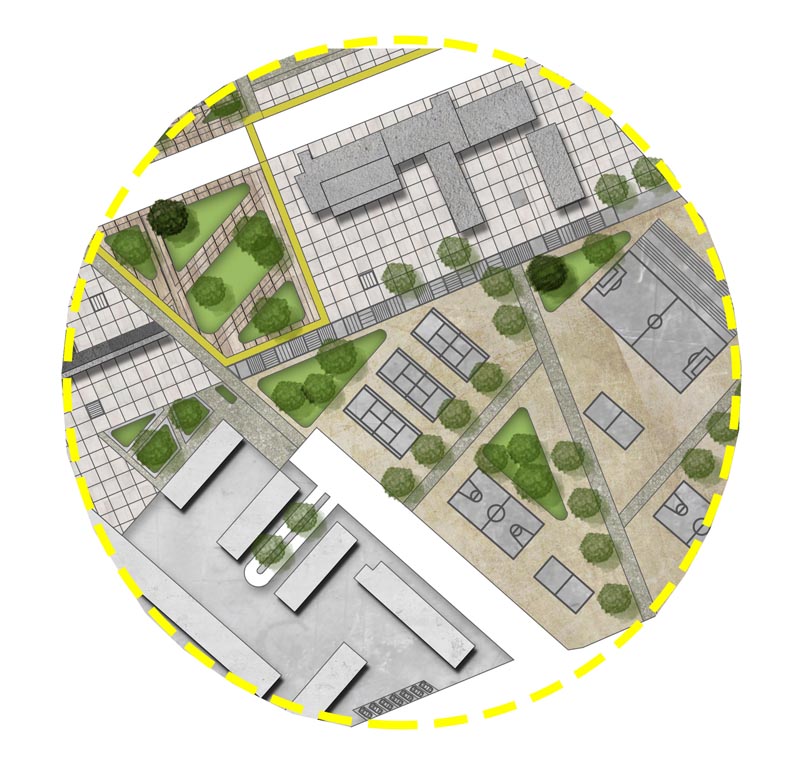

The subject of this thesis titled "Redesigning public space in Phoenician workplaces" is the remodeling of one of the most well-known areas in the eastern part of the city of Thessaloniki, in the Phoenician area of Kalamaria.
Workers' and refugee homes are a prime example of organized construction both in Greece and in Europe, with their history and the reason for their creation dating back to the 18th century.
Initially, the approach was taken on a theoretical level through the study of texts and sources related to the concepts of organized construction and working houses at both European and Greek levels.
The institution of organized construction was established in Greece through the work provided by the Organization of Workers' Housing (OEK) and Providence, which are the main bodies responsible for completing the design-study and construction of working houses including the Phoenix. In the next section of this paper an analysis of both the Kalamaria region and the Phoenician region is made through various charts and schemes.
The Phoenix area is the first and foremost sample of organized urban tissue to be seen entering the city from the east. However, his current image shows signs of abandonment and depreciation, and in particular his public spaces on either side of the National Antistase Street, which he sees by every passer-by crossing the area by road and beyond.
Typical examples of abandonment and depreciation, among others, are the infinite areas of greenery, the abandoned market, the concentration areas such as individual squares. Despite the large number of communal areas, the "meeting" between the locals is no longer promoted. Adding to all this is the road of the National Resistance, which divides the settlement into two imaginary parts, further complicating this so-called "meeting" of residents.
The design proposal of this work aims to address the above critical issues and ultimately to create a network of spaces and functions that will serve both the inhabitants of the Phoenix area and act as a coherent element of the upper and lower part of the settlement giving a new impetus to the lives and daily lives of the inhabitants. The starting point and the cause of the above approach is the market, and in particular the gallery, which characterizes the current market building. The intention is for the market and gallery to diffuse to the rest of the public space, thus activating both the ground floor and the floor level, thus creating a system consisting of the main staircase, in which various functions such as shops, parking spaces etc. This system unites not only the two parts of the settlement separated by the road but also the space along the road, which in turn contains different functions such as green, commercial buildings, etc. Finally, this system reaches the peripheral ditch to the north of the settlement, a highly tree-lined area that could, after configuration, serve as a promenade and recreation area for residents.
Supervisors: Trova Vasso, Micocci Fabiano
Reference Number: 762


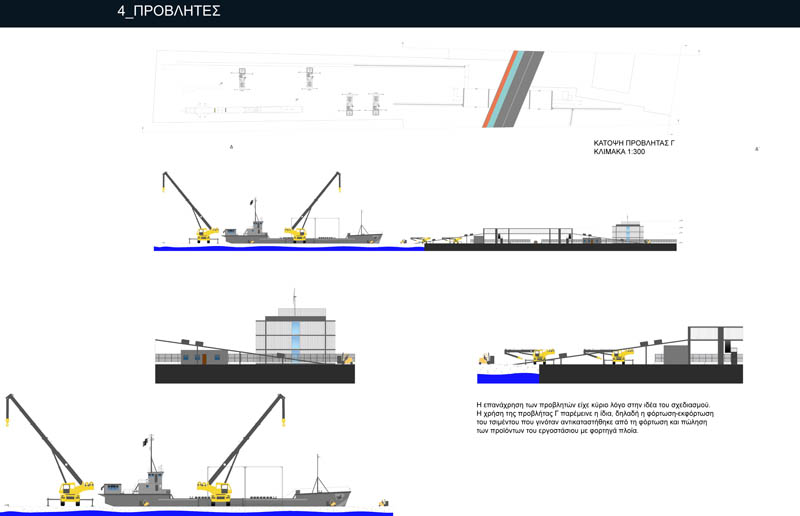

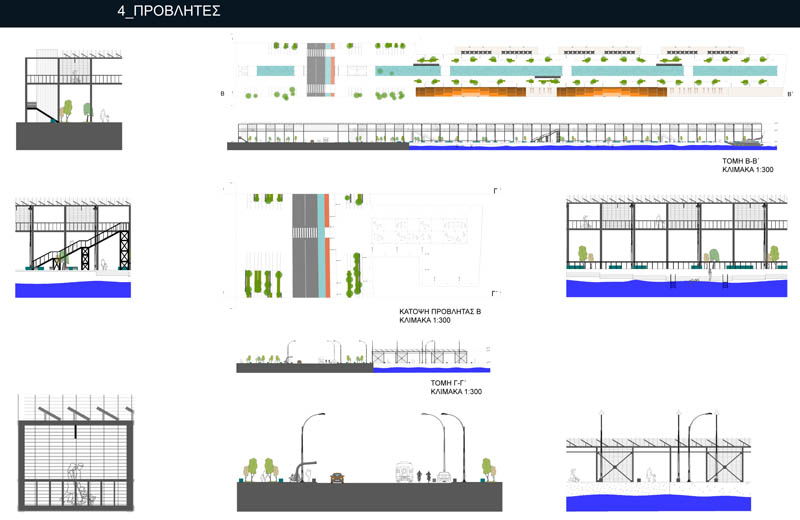

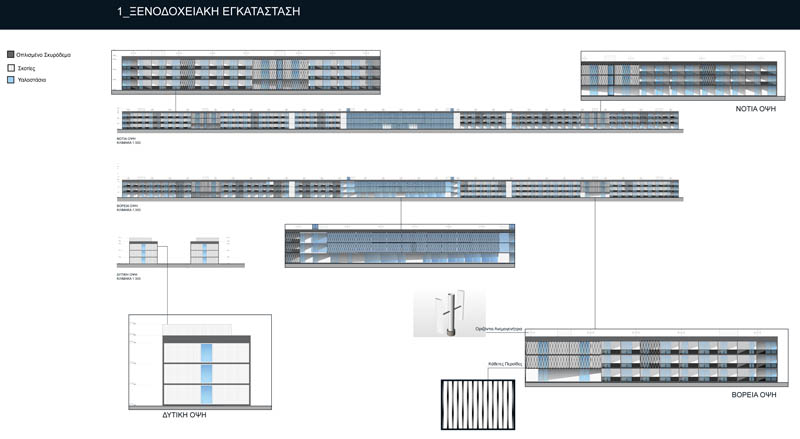

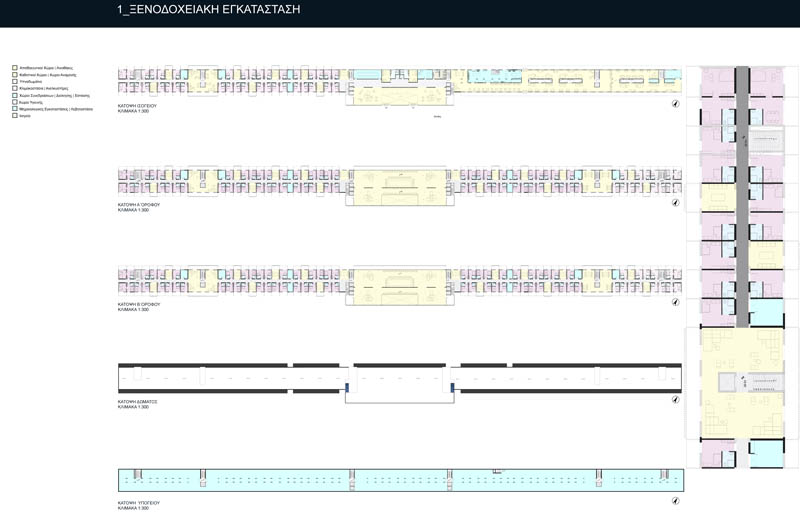

The destruction of the city of Volos by the uncontrolled activity of polluting industries and the implementation of hazardous environmental policies to the natural state of man (water supply, pollution of the Pagasitic Gulf, uncontrolled fertilizer use) needs to be addressed. This thesis is based on the hypothesis and design of one or more bioclimatic vertical crop buildings on a factory site that we consider to be dismantled and replaced by new technical and technological activity. We believe that the issue of restoring the landscape and its familiar place, as well as the architectural-political proposal of one or more new soft industrial functions, contribute both to the symbolic-moral resistance to the violence of the times and to convey the evidence of both skills and political approaches we gained from our education.
Supervisor: Stylidis Iordanis
Reference Number: 771


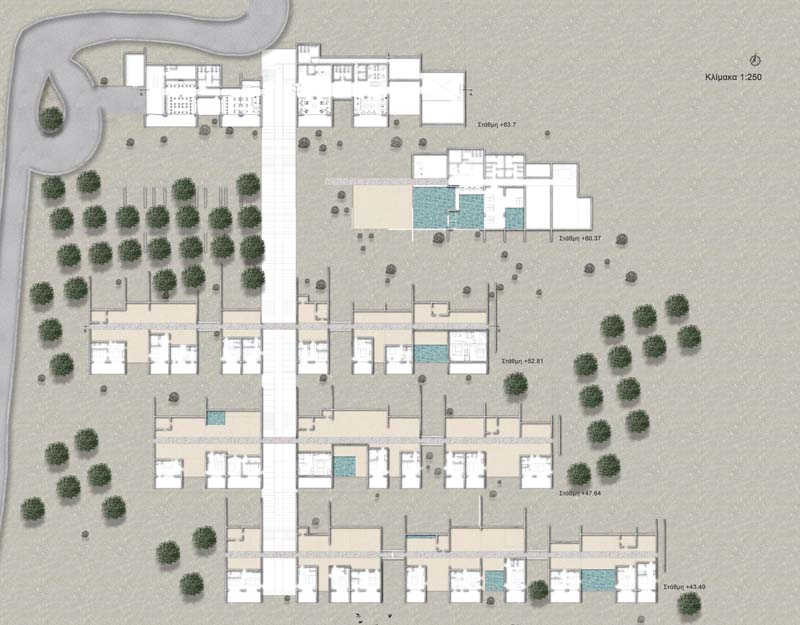



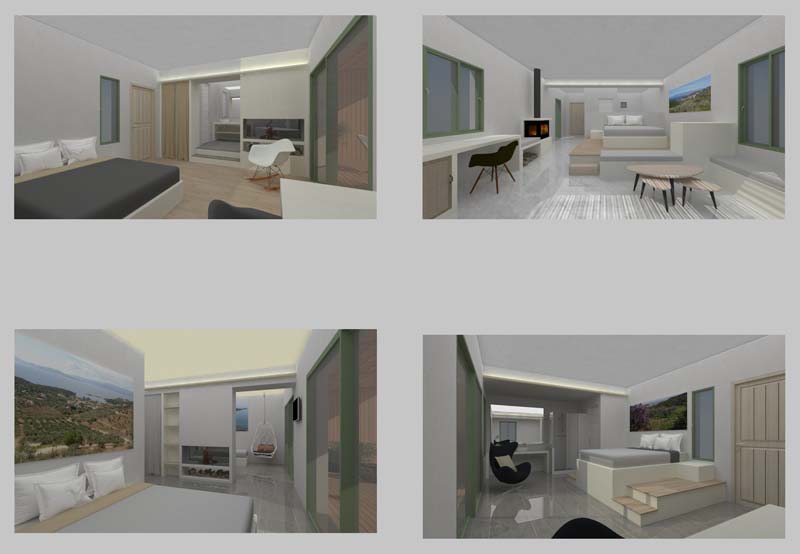

The present thesis is about the design of an accommodation complex in Kritharia, near the city of Volos. Kritharia is a seaside area and it is part of the municipal unit of Nea Anchialos and is about 19 kilometers from Volos.
The chosen plot, in which the complex is located, is outside of the city limits. The relief of the ground is quite complex with different inclinations along it. It has southern, southeast orientation and a panoramic view of the Pagasitic Gulf. At its northern end It is connected with the national road Karditsa - Volos and at its southern it approaches the village of Kritharia. An existing road has been modified in order to meet the needs of the complex and now serves as a point of access to the site.
In terms of planning, the aim was to create a complex that would "communicate" with the natural environment without altering the natural beauty of the Mediterranean landscape. In order to achieve that, it was decided that the complex would split into several individual one storey buildings, instead of the creation of a large building block. Another element that enhances the presence of nature in the complex, is the preservation of most of the olive grove that existed on the plot, but also its extension.
The assembly of the complex is in five levels. At the first level from which the entrance to the complex takes place, the restaurant and the main building were placed. In the second, a wellness center. And finally, the three next levels serve as the rooms for the guests. These levels are connected with each other lateraly by a central straircase in which an inclined elevator is placed and horizontaly with individual corridors perpendicular to it. Three of them provide access to the accommodations through courtyards that make the journey more enjoyable and serve as a meeting point between the guests and non-residents of the accommodations.
Supervisor: Gavrilou Evelyn
Reference Number: 729




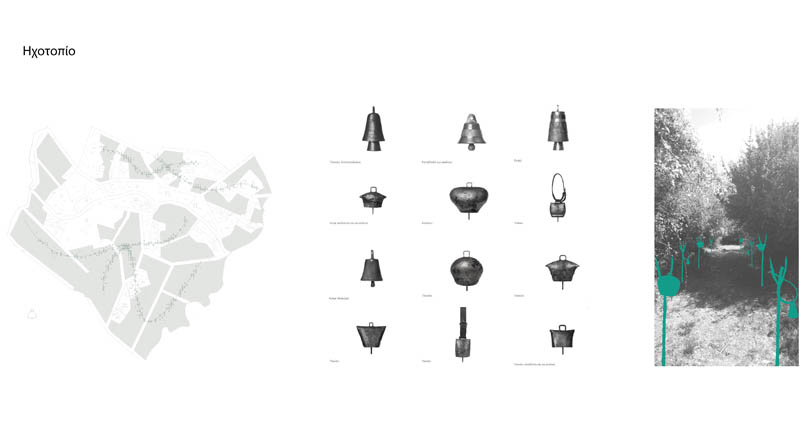

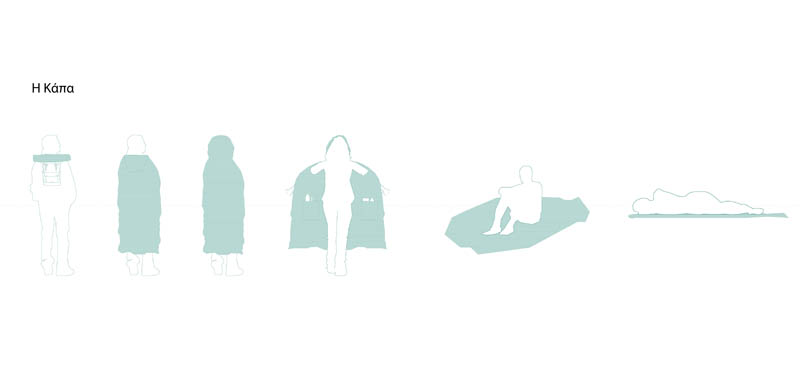



This thesis examines the transfer of memory of an abandoned village, called Kakolakkos in the area of Ioannina, in the present. It is not an effort about turning this village into a touristic resort, but reset the collective memory of Kakolakkos, using audiovisual methods. A reset of the village for just one day, the day that the annual fest takes place. So, Oned-day Sojourns are created, which are completed by four elements. A chest, the sheperds' paths, a cape and a soundtrack. The research is articulated in seven chapters, in order to achieve the accurate presentation of mechanisms and variables that lead to the space designing.
The first chapter is an identifier for Kakolakkos and the village's path through time. Furthermore, the annual fest is refered, which has survived through years and ruins, managing to bring Kakolakkos back to life only for this day. Photographs and poems from the past are used as an aid to emphasize the meaning of this fest.
The second chapter presents the recording and classification of the findings in the village. Findings are separated in two categories: objects and manuscripts. Objects are also divided in three more categories, objects of everyday life, farm tools and objects related to pasture. Finally, a part of the manuscripts of Achilleas Maris is presented.
The third chapter is about designing “Archontiko”. At first, is justified the selection of “Archontiko” for redesigning through the meaning of memory. The findings form the second chapter have an active role, as they contribute to the furnishing and achievement of the main purpose.
The forth chapter, the chest is presented. A chest designed for “Archontiko” and the guests' needs for the One-day Sojourn. Moreover, a kit for guests is suggested, which aims to inform and advice guests for this One-day experience.
In the fifth chapter, informations about the village's routes are collected. Routes and sheperds' paths in their daylife, changes they use to make based on the sseason, the ways of transfer food and objects.
The sixth chapter is about cape. A basic object of pastoral life and ,so, of Kakolakkos. A new cape is suggested, adjusted to One-day Sojourns, using information from the past and ecological materials.
Finally, the seventh chapter talks about the bell. A symbol and a cultural sample of sheperds'. An audio installation is created, based on the bells, that used to sound all over the village in the past.
Supervisor: Tzirtzilakis Yorgos
Reference Number: 746


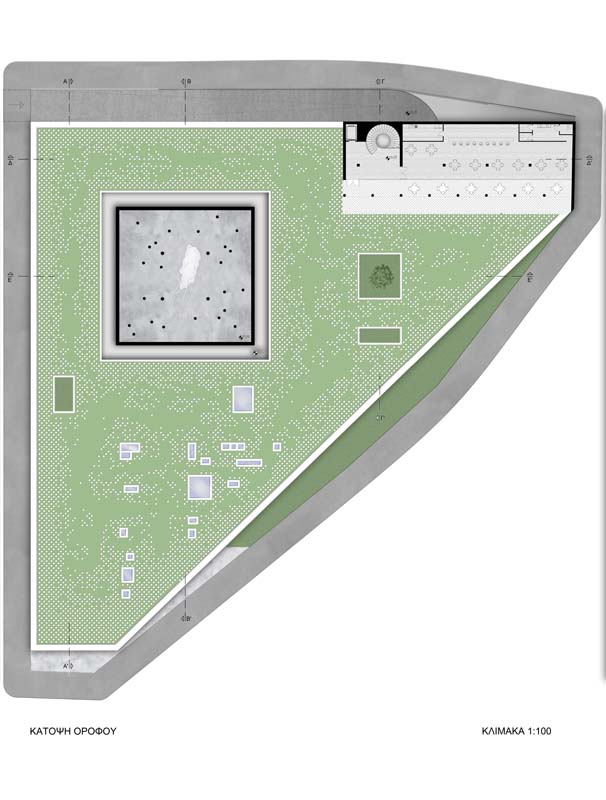

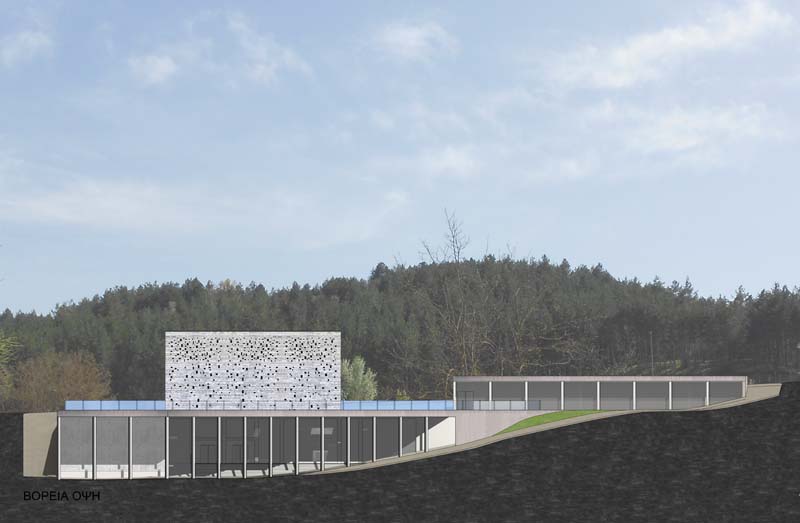

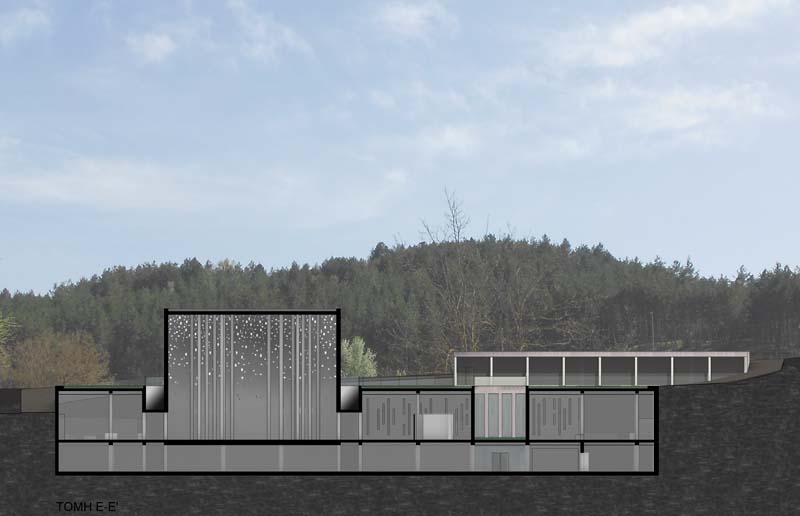

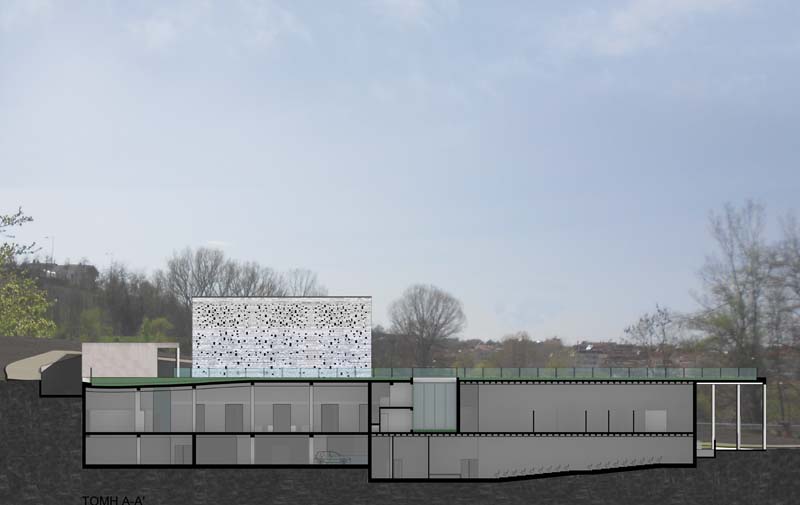



In this dissertation a proposal for a “Diachronic Museum in the city of Grevena” is presented.
The reason behind this particular issue was my special relationship with the city, as well as the great interest in the findings that have been discovered in the country but unfortunately have not been exploited yet.
The purpose of this work is to create a public building to include all these unknown findings of the city. The unsuccessful attempts of the archaeologists to house these findings in an area that could be a landmark for the city, are unknown. It is imperative to build a museum which will be a pole of attraction for history lovers. Visitors will have the opportunity to travel in time and also to be informed about the events that took place in Grevena from paleontology time to the recent past.
The aim of the museum is not only to renegotiate the relationship of the residents with the past and its remnants, but also to raise awareness of their protection through the establishment of a dynamic relationship with the terms of archeology, heritage, material culture and cultural management. This relationship will be based on the permanent infrastructure of the museum and will be further enhanced by its periodic actions.
Supervisor: Manolidis Kostas
Reference Number: 725


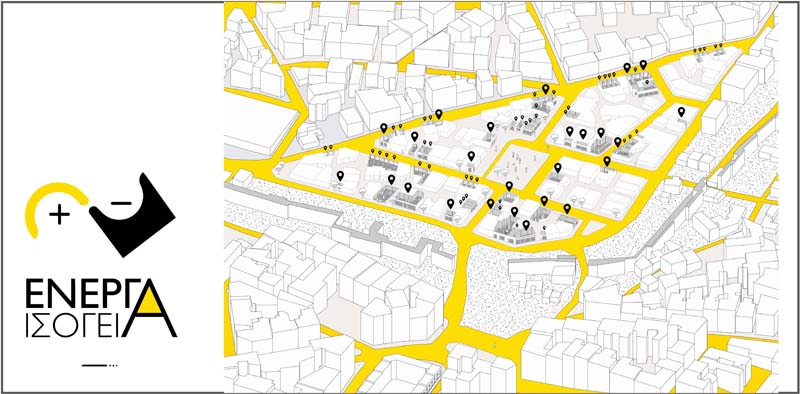

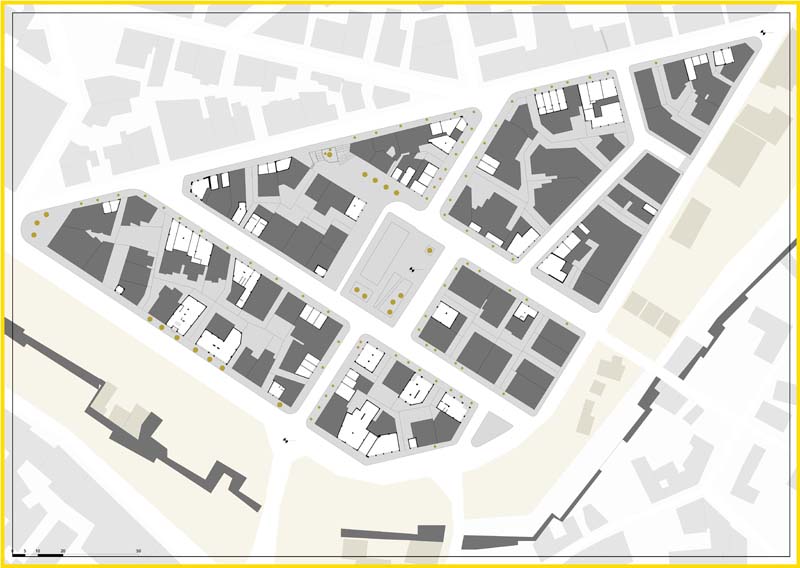

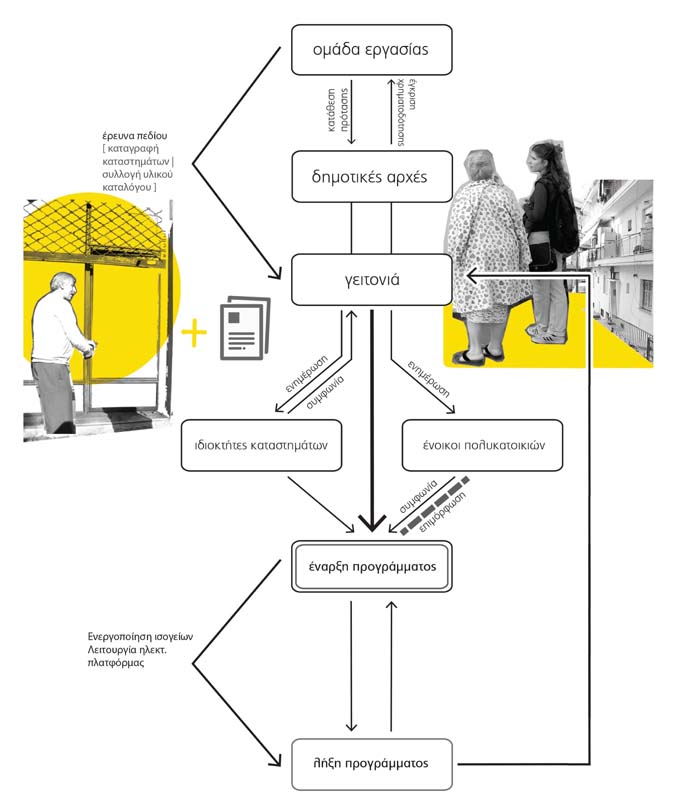

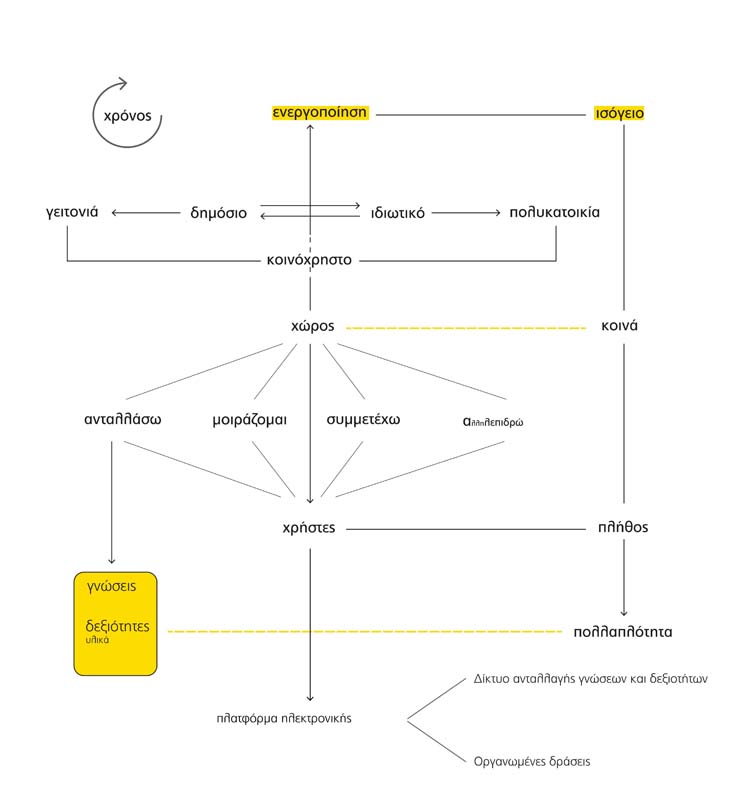

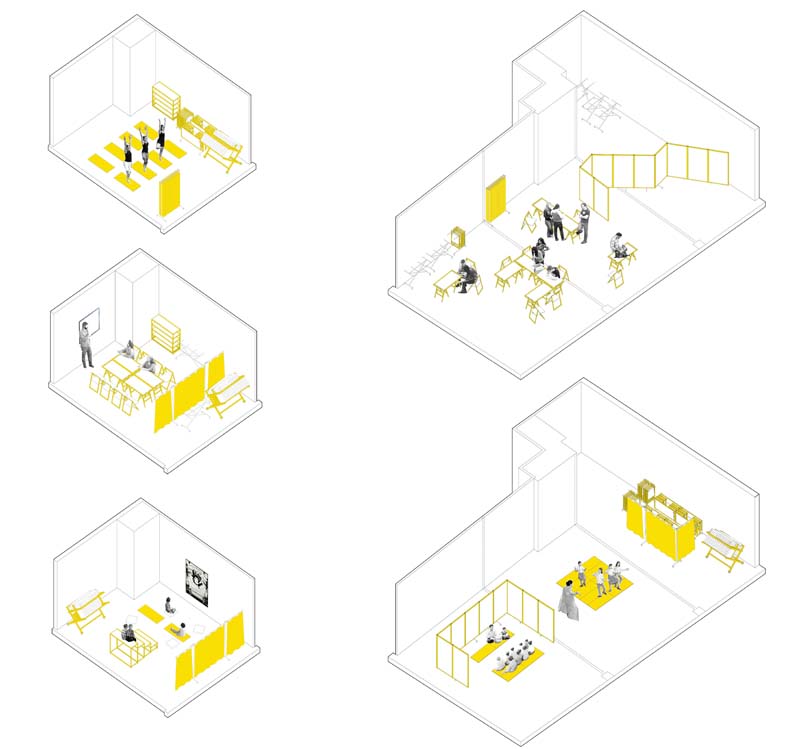

The “polykatoikia” is still the predominant model of urban habitation, with the ground floor level, however, being degenerated and retreating gradually. The reasons for abandonment may differ, among them the crisis, the weakening of the small and medium-sized commerce and / or the degraded urban environment of the region. Their abandonment leads to a gradual deterioration of the urban environment and is repellent in terms of use of public space environments.
However, the ground floor, as the edge of the building that meets the street, is what comes in direct visual contact with the city users. The human scale in the city has more direct contact,and understanding, of the ground floor of the building than its other parts. This is the point where interacts the indoor with the outdoor. It is the place where easier activities from inside the building can be “moved out” and vice versa. When this spot is active automatically the sidewalk and the road become brighter, its contact in and out enhances the pedestrian movement and the street level acquires a more welcoming character.
Through this diploma thesis, it is attempted to create a program that plans and organizes the temporary activation of the inactive ground floor spaces for shared use of both the tenants of apartment buildings and the residents of the neighborhood. Focusing on strengthening the feeling of the common space in a building or in the neighborhood, besides the design solution, it is also proposed a way of organizing and managing the sites by the users themselves. The functions and uses that they receive are derived from users' needs, desires and initiatives, so the design solution focuses on their “variability” and “transformability” without proposing a stable internal configuration and programmatic action.
Supervisor: Mitroulias Giorgos
Reference Number: 733


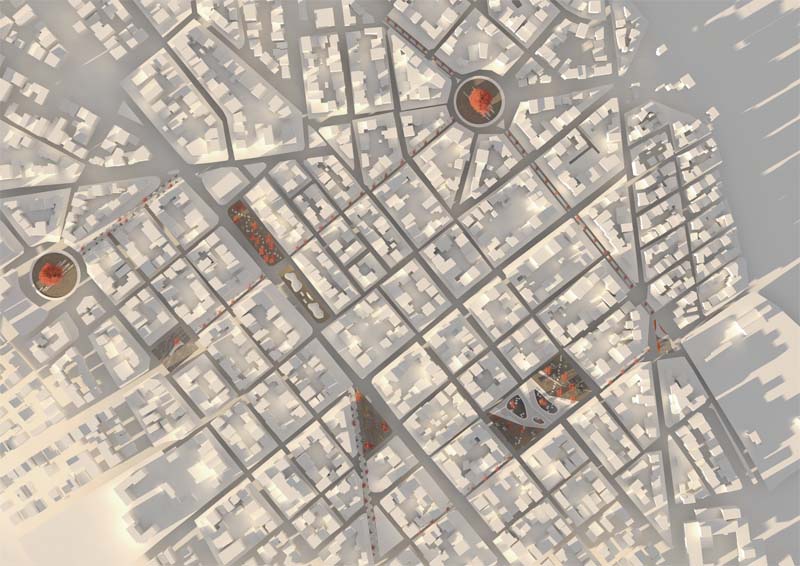

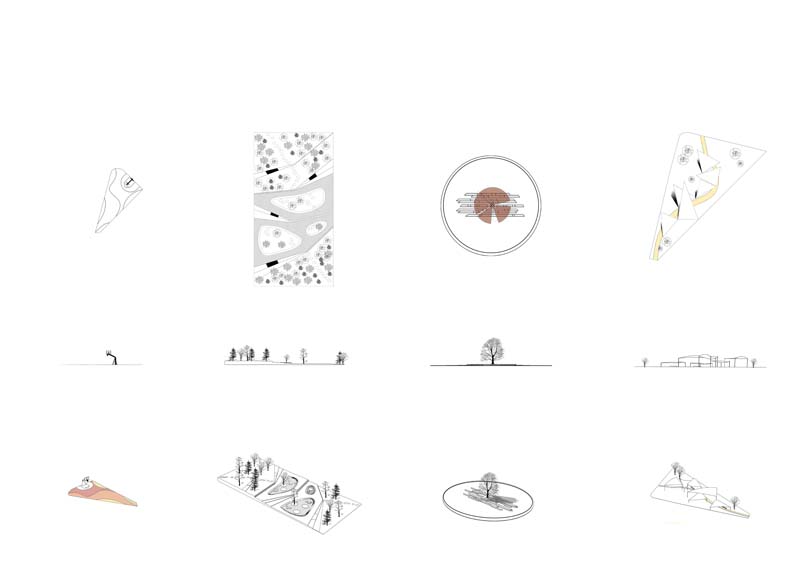

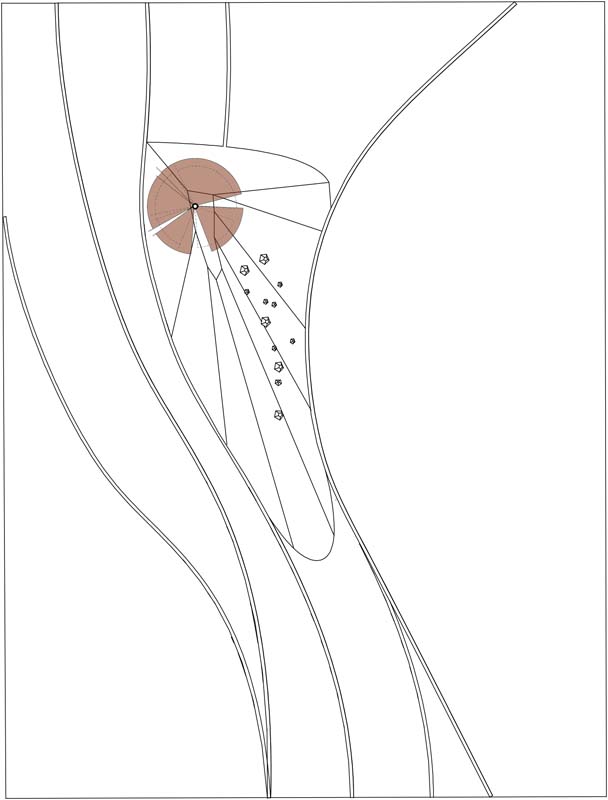

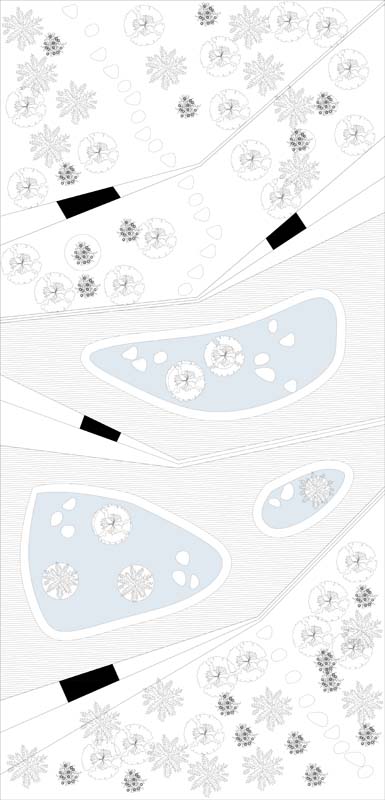

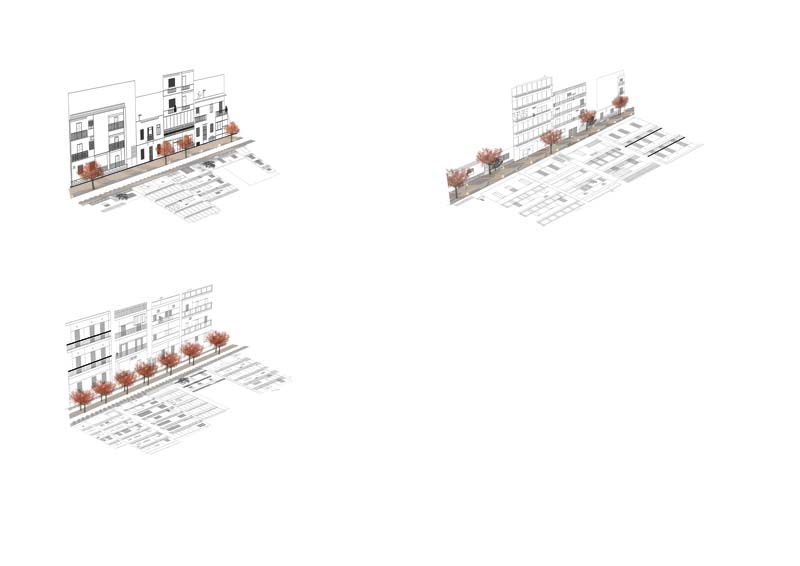

Abstract the question of the upcoming thesis project is how an area that is divided will be unified, leaving its character and uses intact. By choosing Nea Smyrni as a study area, its features will be explored and, with respect for them, its neural union will be attempted. By organizing the existing spaces and assessing the needs of a walker, new routes will be created that will aim to facilitate the passage through the inaccessible neighborhoods of Nea Smyrni giving the sense of shorter distance. A strategy is proposed that can be applied to other areas that face the problem of large, uphill distances. It is described in three phases: firstly, in identifying the various green unused spaces and organizing them in cases, secondly in their configuration according to the need and thirdly in the design of the associations between them. The new routes will encourage the residents and the visitors to tour the area, discovering different neighborhoods and acquiring an overall sense of the region bringing closer the divided Nea Smyrni.
Supervisor: Trova Vasso
Reference Number: 750










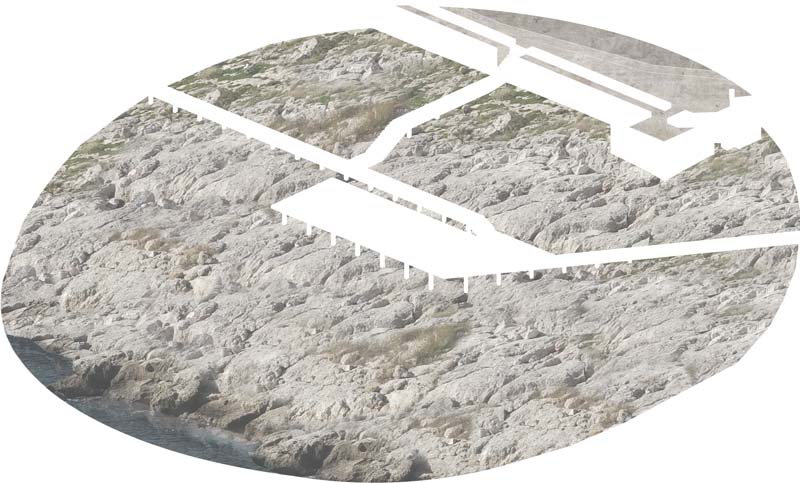

The aim of this diploma thesis is to attempt to reconnect the city of Piraeus to the sea front through the creation of a series of multi-activity facilities along and across the Piraeus coastline. The intervention area focuses on the narrow coastal lane between the marine element and the coastal road of the Piraeus Peninsula. These facilities aim to make the inhabitants return to the forgotten coast for years, to restore the connection of the dense urban fabric to the natural landscape and the emergence of the cognitive wall that evolves on it
Studying the current situation of the seashore and trying to answer the above issues, it is proposed to create 3 piers, extension of the urban web across the coast, which act as a pavement to the sea. Reversing the image of the city by height, under the berths, levels of programmable leisure activities placed. These levels act as mediators at the exit of the city to the rugged rocky terrain of the coast and the sea. In the penultimate because you create a path that crosses the shore along, with intermediate stops. We approach the existing terrain as a patchwork of a monument of historical significance and an inaccessible extent that cannot be perceived as a continuation.
The overall approach focuses on the reactivation of the Piraeus coast and the conversion of this coastal zone into a recreational area, contact with the sea, sports, relaxation, a part of the fleet of Piraeus residents and a view of the city from a distance.
Supervisor: Paniyiris Costis
Reference Number: 722

